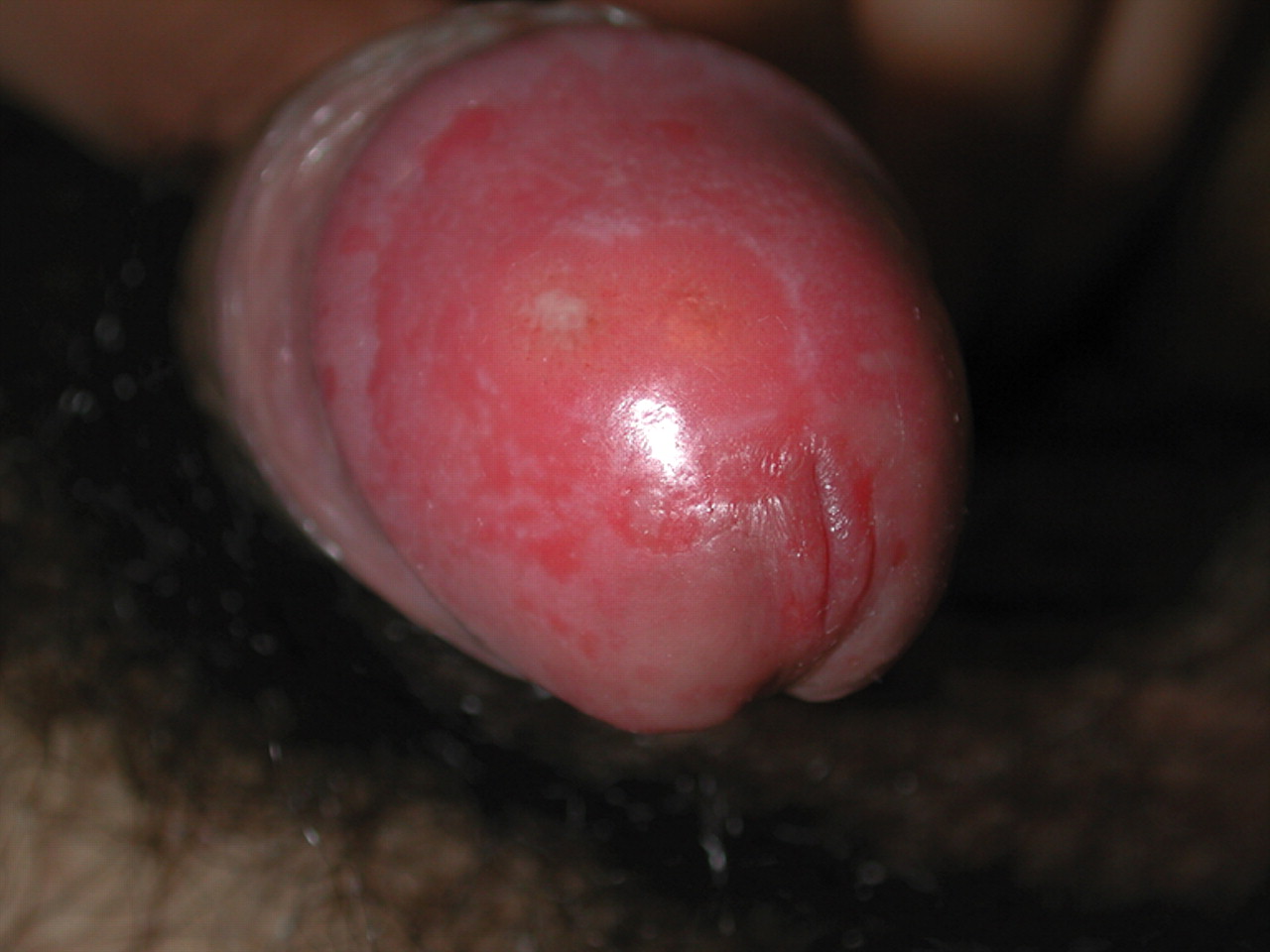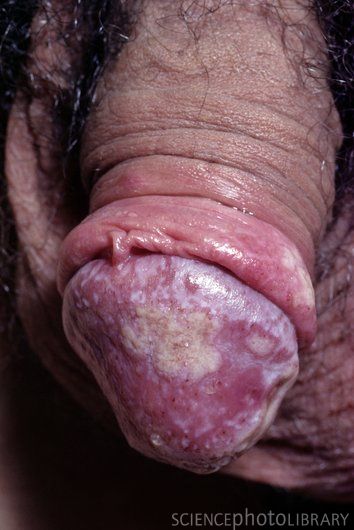sexual problems
SEXUALLY TRANSMITTED DISEASE
SYPHILIS
What is syphilis?
Syphilis is an infection that is caused by a microscopic organism called treponema pallidum The disease can go through three active stages and a latent (inactive) stage.
In the initial or primary stage of syphilis, a painless ulcer (the chancre) appears in a sexually-exposed area, such as the penis, mouth, or anal region. Sometimes, multiple ulc
ers may be present. The chancre develops any time from 10 to 90 days after infection, with an average time of 21 days following infection until the first symptoms develop. Painless, swollen glands (lymph nodes) are often present in the region of the chancre, such as in the groin of patients with penile lesions. The ulcer can go away on its own after 3 to 6 weeks, only for the disease to recur months later as secondary syphilis if the primary stage is not treated.
Secondary syphilis is a systemic stage of the disease, meaning that it can involve various organ systems of the body. In this stage, therefore, patients can initially experience many different symptoms, but most commonly they develop a skin rash that does not itch. Sometimes the skin rash of secondary syphilis is very faint and hard to recognize; it may not even be noticed in all cases. In addition, secondary syphilis can involve virtually any part of the body, causing, for example, swollen glands (lymph nodes) in the groin, neck, and arm pits, arthritis , kidney problems, and liver abnormalities. Without treatment, this stage of the disease may persist or resolve (go away).
Subsequent to secondary syphilis, some people will continue to carry the infection in their body without symptoms. This is the so-called latent stage of the infection. Then, with or without a latent stage, which can last as long as twenty or more years, the third (tertiary) stage of the disease can develop. Tertiary syphilis is also a systemic stage of the disease and can cause a variety of problems throughout the body including:
- abnormal bulging of the large vessel leaving the heart (the aorta), resulting in heart problems;
- the development of large nodules (gummas) in various organs of the body;
- infection of the brain, causing a smoke, mental confusion, meningitis, problems with sensation, or weakness (Neurosyphilis);
- involvement of the eyes leading to sight deterioration; or
- involvement of the ears resulting in deafness. The damage sustained by the body during the tertiary stage of syphilis is severe and can even be fatal.


How is syphilis diagnosed?
A diagnosis of the chancre (primary stage of disease) can be made by examining the ulcer secretions under a microscope. A special microscope (dark field), however, must be used to see the distinctive corkscrew-shaped Treponema organisms. Since these microscopes are rarely detected, the diagnosis is most often made and treatment is prescribed based upon the appearance of the chancre. Diagnosis of syphilis is complicated by the fact that the causative organism cannot be grown in the laboratory, so cultures of affected areas cannot be used for diagnosis.
For secondary and tertiary syphilis, the diagnosis is based upon antibody blood tests that detect the body's immune response to the Treponema organism.
The standard screening blood tests for syphilis are called the Venereal Disease Research Laboratory (VDRL) and Rapid Plasminogen Reagent (RPR) tests. These tests detect the body's response to the infection, but not to the actual Treponema organism that causes the infection. These tests are thus referred to as non-treponemal tests. Although the non-treponemal tests are very effective in detecting evidence of infection, they can also produce so-called false positive results for syphilis. Consequently, any positive non-treponemal test must be confirmed by a treponemal test specific for the organism causing syphilis, such as the microhemagglutination assay for T. pallidum (MHA-TP) and the fluorescent treponemal antibody absorbed test (FTA-ABS). These treponemal tests directly detect the body's response to Treponema pallidum.
Patients with secondary, latent, or tertiary syphilis will almost always have a positive VDRL or RPR, as well as a positive MHA-TP or FTA-ABS. Several months after treatment, the non- treponemal tests will generally decrease to undetectable or low levels. The treponemal tests, however, will usually remain positive for the remainder of the patient's life whether or not they have been treated for syphilis.
GONORRHEA
A sexually transmitted infection (STI) caused by the bacterium Neisseria gonorrhoea. Although gonorrhea is known primarily as a sexually transmitted infection (STI), it is not exclusively so, but can also be transmitted to the newborn during the birthing process.
Contrary to popular belief, gonorrhea cannot be transmitted from toilet seats or door handles. The bacterium Neisseria gonorrhea requires very specific conditions to grow and to reproduce. It cannot live outside the body for more than a few minutes at most, nor can it live on the skin of the hands, arms, or legs. It survives only on moist surfaces within the body and is found most commonly in the vagina and, especially the cervix. The bacterium can also live in the urethra. Gonorrhea can even exist in the back of the throat (from oral-genital contact) and in the rectum.
Gonorrhea is often silent in women. Over half of infected women have no symptoms in the early stages of gonorrheal infection. If symptoms do occur, there may be burning on urination, frequent urination, yellowish vaginal discharge, redness of the genitals, swelling of the genitals, and a burning or itching of the vaginal area.
Left untreated, gonorrhea can lead to a severe painful pelvic infection with inflammation of the fallopian tubes and ovaries, a form of pelvic inflammatory disease, or PID. Symptoms of PID include fever, pelvic cramping, abdominal pain, and pain with intercourse. PID can lead to difficulty in becoming pregnant or even sterility.
The complications of gonorrhea can include inflammation of the heart valves, arthritis, and eye infections. If the infection is severe enough, a localized area of infection and pus (an abscess) forms, and major surgery may be necessary and even life-saving. Gonorrheal infection in people with diminished immune function, such as from chemotherapy or AIDS, can also be extremely serious.
Gonorrhea can cause eye infections in babies born to infected mothers, even if the mother has no symptoms at the time of delivery. Chlamydia can also be passed from mother to child during birth. Infected newborn infants develop drainage from the eyes within 2 weeks of birth and the eyelids become puffy, red, and tender. Gonorrhea may cause perforation of the cornea and very significant destruction of the deeper eye structures while chlamydia is somewhat less destructive. Hospitals require silver nitrate or, more often today, antibiotic drops in a newborn's eyes to prevent these diseases.
Testing for gonorrhea is done by swabbing the infected site and culturing the bacteria on the swab in the laboratory. The culture is positive when the gonorrhea bacteria are found to be growing on a culture plate. A newer test can detect both gonorrhea and chlamydia in a urine sample. Up to 40% of women with gonorrhea are also infected with chlamydia.
A single injection of penicillin once cured almost everyone with gonorrhea. Unfortunately, there are new strains of Neisseria gonorrhea that have become resistant to various antibiotics, including penicillin, and are, therefore, more difficult to treat. Fortunately, gonorrhea can still be treated by other injectable or oral medications. Treatment should always include medication that will treat chlamydia as well as gonorrhea because gonorrhea and chlamydia commonly exist together in the same person. The sexual partners of people who have had either gonorrhea or chlamydia must receive treatment for both infections since they partners may be infected as well. Treating the partners also prevents reinfection.
Gonorrhea is one of the easier STIs to prevent because the bacterium that causes the infection can survive only under certain conditions. The use of condoms protects against gonorrhea infection. Since theorganism can live in the throat, condoms should be used during oral-genital contact as well. It is of historical interest that in 1944 the US Public Health Service announced gonorrhea could be cured within 8 hours with penicillin. It is still an important public health problem.
























